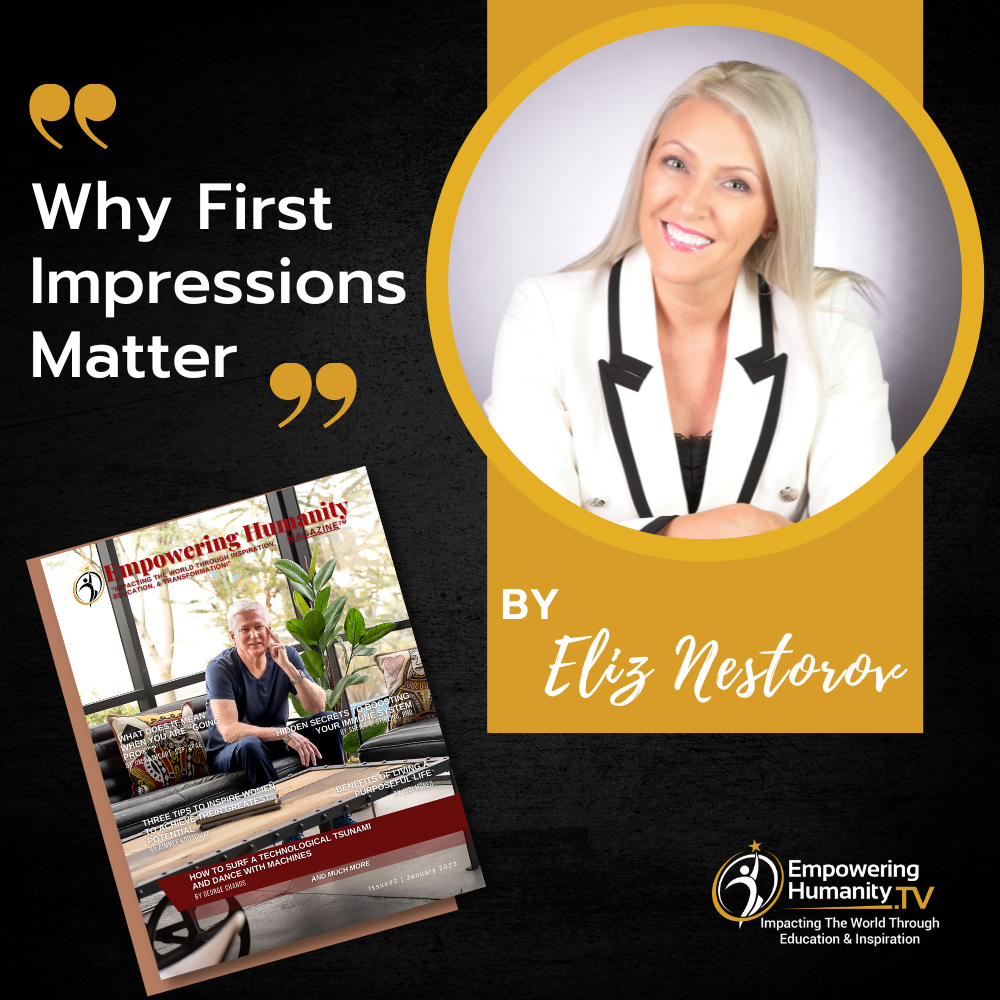The Quickest Way to Double and Triple Your Business
By Tim E Zimmerman
In looking at ways to increase my own, and my clients’ productivity and profitability, and in order to double and triple sales and income, I have practiced and trained in most all of the modern and ancient techniques available. I have also found and re-developed information and training that refrain from being in the mainstream. Here are some of the Keys that we work on in the SM3 Success MindSet Mastery Training Program.
First, understand and practice the SM3 Five Laws of Manifestation:
- Thoughts – What you think about, you bring about. “Thoughts are things, incredibly real things,” wrote Napoleon Hill in the classic “Think and Grow Rich.”
- Words – Watch the words that you speak. Your thoughts create the words that you speak to yourself and to others. “Good thoughts, good words, good deeds,” wrote Zoroaster 4,000 years ago.
- Belief – “What the mind of man can conceive and believe, it can achieve,” Napoleon Hill. “As you believe in your heart, it is done unto you,” is a saying of Jesus.
- Decide – Decision is the seventh step to riches according to Mr. Hill in his best-seller “Think and Grow Rich.” If you are unsure what you want, how can you manifest it?
- Action/Deeds – if you refrain from taking action, nothing will happen.
The above are called the Five Laws of Manifestation since if you refrain from doing any one of the Laws, you will refrain from Conscious Deliberate Manifestation.
For instance, if you refrain from thinking about something to manifest, are you going to consciously manifest it? Answer – No.
If you think about something to manifest, yet you refrain from talking about it (to yourself and others), are you going to consciously manifest it? Answer – No.
If you think about it, talk about it, yet refrain from believing about it, are you going to consciously manifest it? Answer – No.
If you think about it, talk about it, believe about it, yet refrain from deciding about it, are you going to consciously manifest it? Answer – No.
If you think about it, talk about it, believe about it, decide about it, yet take zero action about it, are you going to consciously manifest it? Answer – No.
So, you have to use all Five Laws together in order to Consciously Deliberately Manifest what you want in life.
Yet answer this, where do your thoughts come from in the first place?
To read Tim’s insightful article, click on this link https://rb.gy/e6xbbu and get your FREE access to Empowering Humanity Magazine™ Now!











